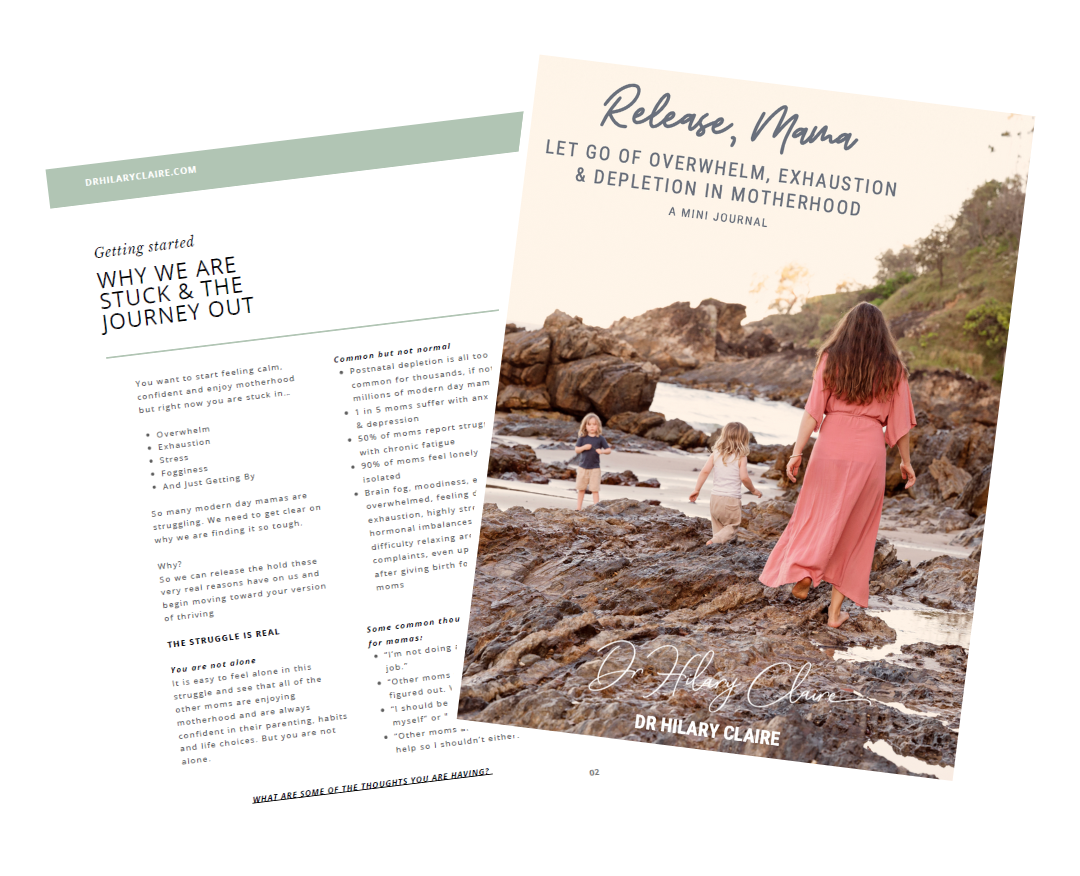Is your home hindering your health?

How to Create a Healthier Home for Your Family: Insights from Building Biologist Amanda Klecker
In today's fast-paced world, we are becoming more mindful of what we eat, how we move, and how we manage stress. But what about the health of our homes?
In a recent podcast episode of Wild and Well, I had the pleasure of speaking with Amanda Klecker, a certified home inspector and building biology practitioner, about how our living environments directly affect our wellness.
Amanda’s work focuses on identifying and reducing toxins in the home to create spaces that support vibrant health — for both kids and adults.
Here are some key takeaways from our conversation that you can start applying today.
Your Home Is Like a Second Skin
Amanda offered a powerful metaphor that really resonated: think of your house as a second skin. Just as your skin can absorb or react to what it's exposed to, so can your home influence your physical health, mental wellness, and immune function.
Most people spend 80–90% of their time indoors, meaning the quality of our indoor environment is not a minor factor—it's a huge piece of the wellness puzzle.
“If you think about your home as this protective layer around you, you can really do a lot with it, and it can really benefit your health and wellness.” — Amanda Klecker
Your Environment Affects Your Health — Just Like a Plant
We often look at our own health in isolation, but Amanda reminded us that environment matters just as much as internal habits.
From air quality to building materials, what's inside your home can either nourish your body — or burden it.
Three Pathways of Exposure
Amanda explained that we’re exposed to toxins in three primary ways:
- Ingestion (e.g., dust, overspray from cleaning chemicals)
- Inhalation (e.g., VOCs from paints or furniture)
- Absorption through the skin (e.g., contact with toxic surfaces)
Your home can expose you to toxins through all three routes simultaneously, which is why even small shifts in your environment can have a big impact.
Signs Your Home Might Be Impacting Your Health
Wondering whether your space is supporting or stressing your system? Here are some common signs that your home might need a wellness check:
- Musty or chemical smells
- Frequent condensation on windows
- High humidity levels (above 50%)
- Excessive dust
- Sensitivity to scents or cleaning products
A simple tool like a hygrometer (humidity monitor) can help you assess and adjust your indoor climate room by room. Amanda recommends aiming for 35–40% humidity, especially to prevent mold and reduce VOC off-gassing.
Small Changes, Big Impact
Amanda encourages starting with simple, low-cost changes before tackling major renovations:
- Dust Regularly
Dust is a major carrier of toxins like phthalates and pesticides—especially dangerous for young children who spend more time near the floor.
- Ventilate Well
Open windows daily and use exhaust fans in kitchens and bathrooms to improve air flow and reduce moisture.
- Remove Shoes Indoors
Shoes track in pesticides, heavy metals, and other outdoor toxins. Leave them at the door to limit what enters your space.
- Keep Electronics Out of the Bedroom
Chargers and other devices emit EMFs, even when not in use. Keep them at least two to six feet away from your head while sleeping, or better yet, remove them entirely.
Bigger Shifts for Long-Term Health
If you're planning a renovation or home purchase, Amanda suggests prioritizing:
- Non-toxic flooring (hardwood, tile, or cork over vinyl or carpet)
- VOC-free paint and adhesives
- Air and water filtration systems
- Low-humidity design and ventilation strategies
And if you suspect mold, don’t wait.
Hire a professional to inspect and test your space—not just visually, but with moisture meters and air samples. Mold can significantly impact health, especially for sensitive individuals and children.
Prevention Over Reaction
One of the biggest themes of our conversation was the power of prevention.
“Your body can naturally detox, but when you're in a space that has your body burdened down, it doesn’t have the space it needs to then naturally detox other things.” — Amanda Klecker
Too often, we don’t address environmental health until symptoms force us to—but simple, proactive steps can help you avoid future challenges and support your family’s wellbeing long-term.
Ready to Create a Healthier Home?
Start small.
Try one new habit this week — dust your baseboards, open the windows, move electronics out of the bedroom. Awareness is the first step toward creating a safe, nourishing environment for you and your loved ones.
Have a listen to this episode.
And if you’re ready to dive deeper, check out Amanda’s resources and stay tuned for more episodes of Wild and Well where we explore the tools, stories, and strategies that nurture resilient kids, vibrant mothers, and a thriving planet.

Release, Mama Mini-Journal
In this mini journal, you will identify your unique reasons for struggling with exhaustion, overwhelm, guilt or burnout. Then you will be guided in letting these go and taking effective action to create a future that makes it easier for you to thrive.
Start living motherhood on your own terms.

50% Complete
Keep Up-To-Date
For a regular dose of useful resources and articles from Dr Hilary Claire delivered straight to your inbox pop your details below.